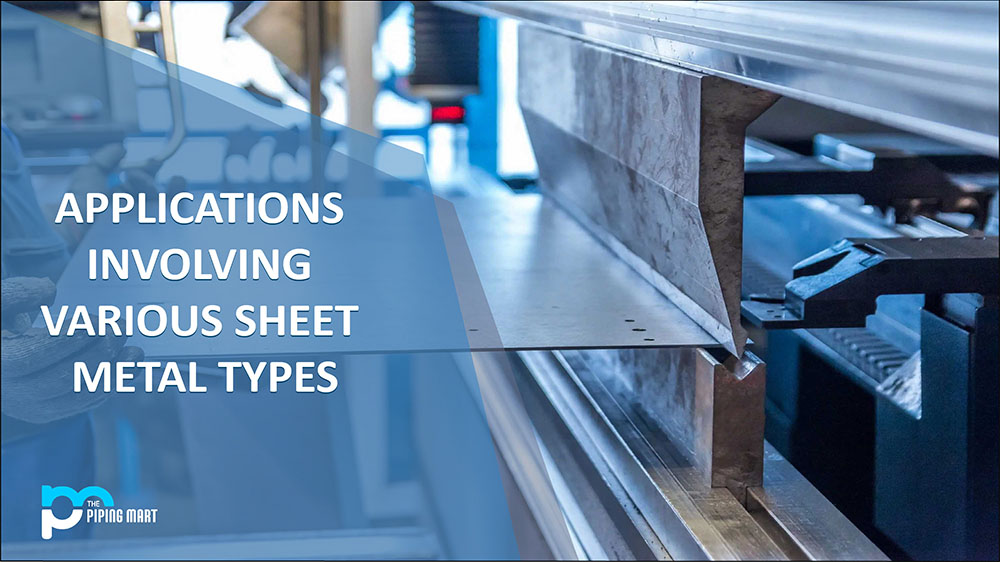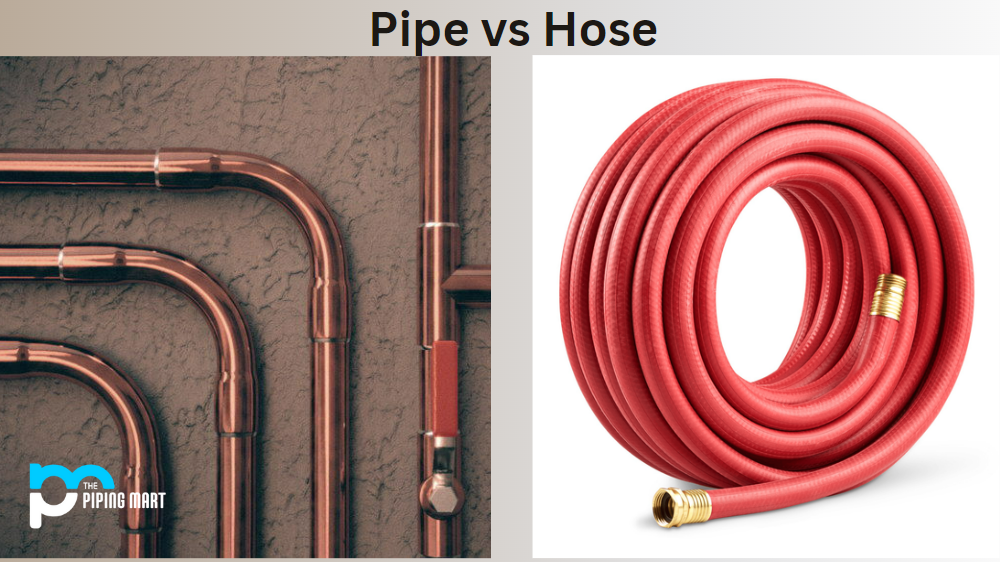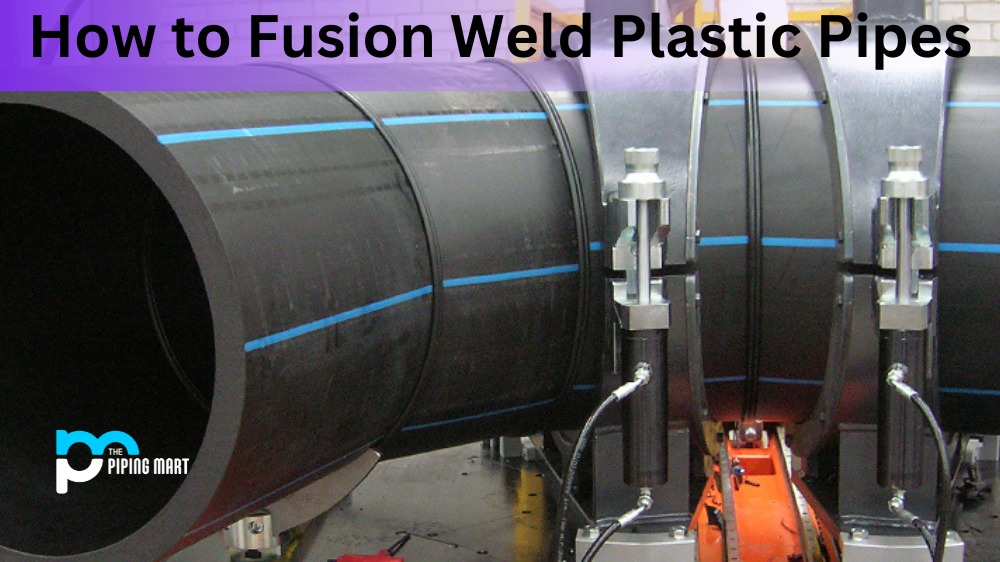Sheet Metal Operations
The nine various kinds of sheet metal operations are as follows:
- Shearing Activities
- Operating Blanks
- Punching Techniques
- Piercing Techniques
- Operations for Trimming
- Drawing Techniques
- Embroidery Techniques
- Operational Bending
Sharing
A strip, sheet, or bar is sliced across in a straight line. The metal component that is sheared or cut has a thin edge left over. A sheet of metalwork is positioned or held between two dies from one end during this process. The sheet is sheared when the punch is struck at the opposite end.
It has three fundamental phases:
-
Fracture
A fracture occurs when there is a concentration of the most stress.
-
Plastic Deformation
Plastic deformation occurs when pressure is applied to a metal sandwiched between the shear’s top and lower blades. It penetrates metal for between 5 and 40% of the thickness of the metal.
-
Shear
The metal is sheared, and minor fractures are discovered.
Blanking
It involves cutting a complete piece of sheet metal. If enough scrap is left over everywhere, as depicted in fig. A punch and die are used for this kind of sheet metal operation.
Punching
It involves using a punch and die to create circular holes in a metal sheet. Although the process is almost the same, this is the exact opposite of blanking. Additionally, operations like blanking are performed here using a punch and die.
Piercing
According to the figure, piercing is the technique of creating holes of the appropriate shape in a sheet of metal without removing any material or with minimal material removal. In this process, punch and die are both used. Typically, a punch in the shape of a bullet is utilized to perform the piercing.
Trimming
The shaving operation is another name for the trimming process. It is a finishing operation where the burrs from the cut edges are removed to provide dimensional correctness and smooth the edges.
Drawing
It is a process that uses sheet metal to create thin-walled hollows or vessel-shaped pieces. It can be split into two groups:
Deep Drawing
Shallow Drawing
Deep Drawing
The item that needs to be drawn has a deeper depth than breadth.
Shallow Drawing
The drawn object’s length is smaller than its breadth. Drawing examples include pans, tubes, and cams.
Embossing
Raised letters or surfaces are made in sheet metal using the metalworking process. Throughout this process, the metal’s thickness remains unchanged.
Bending
When concentrated areas are subjected to forces, it happens. With the inner surface under compression and the outer shell in tension, the metal flow is uniform along the bend axis.
Various Types of Bends
-
Edge Bending
As indicated in the figure, a piece of sheet metal is fixed or held between two dies from one end during this bending process. The other end is thus compelled to punch the free or unfixed punch. As a result, the sheet metal piece’s free or unfixed edge gets bent during the forming process.
-
V-bending
When a piece of sheet metal is squeezed between the die and the punch in this bending operation, the die forms the sheet metal into a V shape.
-
U-bending
The sheet metal component is bent into a U shape in this bending operation when the punch is forced to move into the die.
-
Offset Bending
With a punch and die, a sheet of metal is bent into an offset shape in this particular operation.
Channel Bending
In this bending operation, the sheet metal piece in between the punch and die takes on the shape of the die and punch, i.e. a channel shape, when a force is applied to the hole to travel into the die.
Squeezing
It is a simple and popular method of producing ductile metals. It may perform various operations, including sizing, coining, riveting, etc.
Sizing
A squeezing process known as sizing decreases the metal’s thickness. Only the surface where the die and workpiece touch will be sized because the sizing is done in an open die.
Coining
Metal is pressed into a die during this procedure, allowing it to flow into the die space. Coins, jewelry, and medals are a few examples.

Pipingmart is B2B portal specializes in industrial, metal and piping products. Also, share latest information and news related to products, materials and different types grades to help business dealing in this industry.




